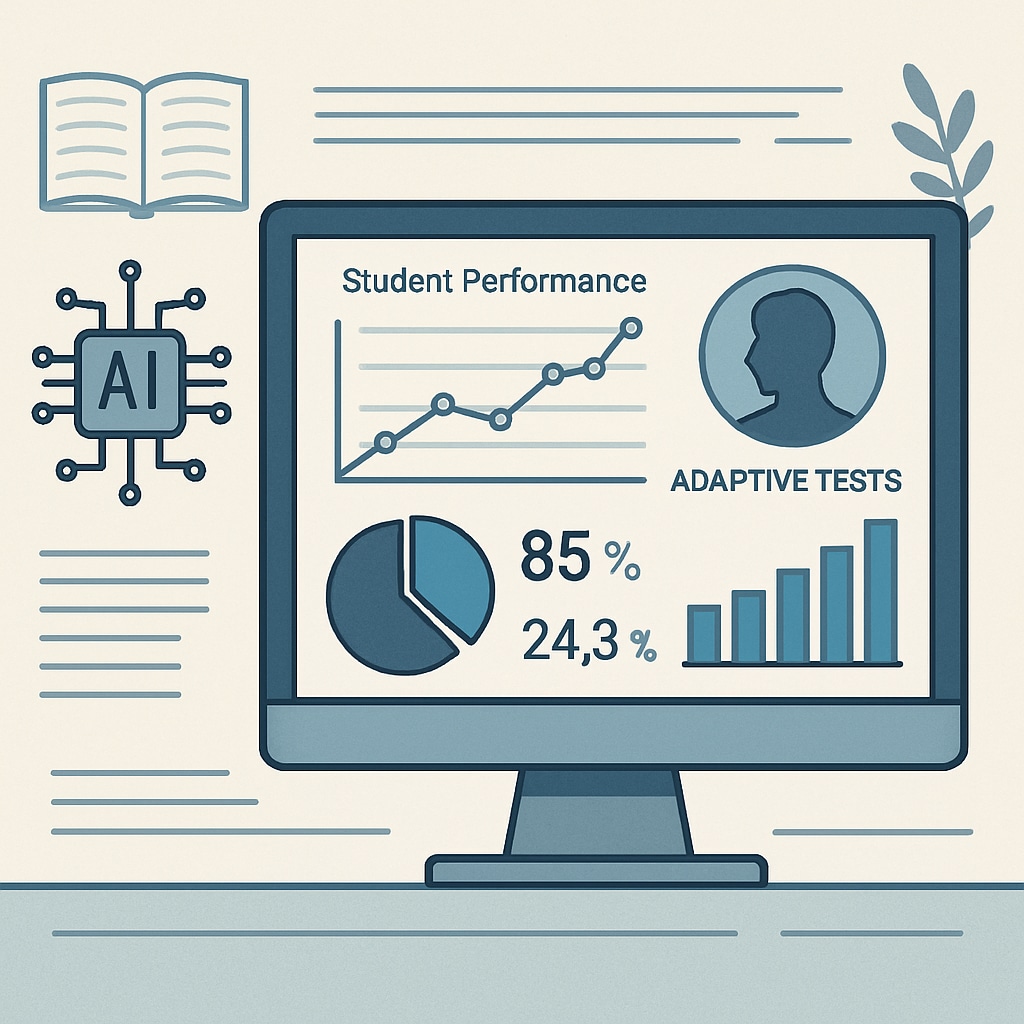The rapid advancement of artificial intelligence (AI) is fundamentally transforming various aspects of society, including education. In particular, competitive exams in K12 education—a cornerstone of talent selection—are facing unprecedented challenges. Traditional testing systems, which have remained largely unchanged for decades, are increasingly ill-suited to an AI-driven world. This article discusses the pressing need to reform these systems to create fairer and more effective methods of evaluating students and selecting talent.
The Challenges of Traditional Competitive Exams in the AI Era
For decades, competitive exams have relied on standardized testing to evaluate students’ academic knowledge, logic, and problem-solving skills. However, the proliferation of AI tools has disrupted this conventional model. For example, AI-powered tutoring systems and generative tools like ChatGPT provide students with unprecedented access to personalized assistance, potentially skewing the playing field.
Several issues arise in this context:
- Access Inequality: Not all students have equal access to advanced AI tools, creating disparities based on socioeconomic status.
- Skill Misalignment: Traditional exams often assess rote memorization rather than critical thinking or creativity, skills that are increasingly valued in an AI-driven economy.
- Cheating Concerns: AI tools can be misused for unethical practices, such as generating answers during online assessments.

Reforming Competitive Exams with AI Integration
To address these challenges, K12 education systems must embrace reforms that leverage AI while ensuring fairness and inclusivity in talent selection. Here are some approaches:
- Adaptive Testing: AI can be used to create adaptive exams that adjust difficulty based on a student’s performance, offering a more personalized evaluation of their abilities.
- Skill-Based Assessments: Shifting the focus from memorization to evaluating critical thinking, creativity, and problem-solving skills can better align with the demands of the modern world.
- Proctoring Enhancements: AI-driven proctoring systems can help mitigate cheating by monitoring test environments and flagging suspicious behavior.
By incorporating these strategies, competitive exams can evolve into systems that reflect the realities of an AI-dominated landscape while promoting equity.

Ensuring Fairness in an AI-Driven Educational Landscape
While integrating AI into competitive exams offers numerous benefits, ensuring fairness must remain a top priority. Policymakers and educators need to consider the following:
- Equal Access: Governments and educational institutions must ensure that all students, regardless of socioeconomic status, have access to AI tools and resources.
- Ethical Guidelines: Establishing clear guidelines for AI usage in education can prevent misuse and promote responsible adoption.
- Teacher Training: Educators must be equipped with the skills to integrate AI tools effectively into their teaching and assessments.
These measures can help strike a balance between leveraging AI’s potential and maintaining a level playing field for all students.
The Path Forward: A Call for Collaborative Action
The intersection of artificial intelligence and education presents both challenges and opportunities. Reforming competitive exams is not just a matter of addressing immediate technological disruptions; it is an opportunity to rethink how we define and measure talent. By embracing AI responsibly and inclusively, we can create evaluation systems that are not only fairer but also better aligned with the skills needed for the future workforce.
As a result, educators, policymakers, and technologists must collaborate to design innovative, equitable solutions that prepare students for a rapidly changing world. The transformation of competitive exams is not merely necessary—it is inevitable.
Readability guidance: This article uses short paragraphs, bullet points, and clear transitions to enhance readability. Key ideas are summarized under relevant subheadings, ensuring clarity and focus. The use of AI-related examples and proposed solutions ensures relevance and engagement.


